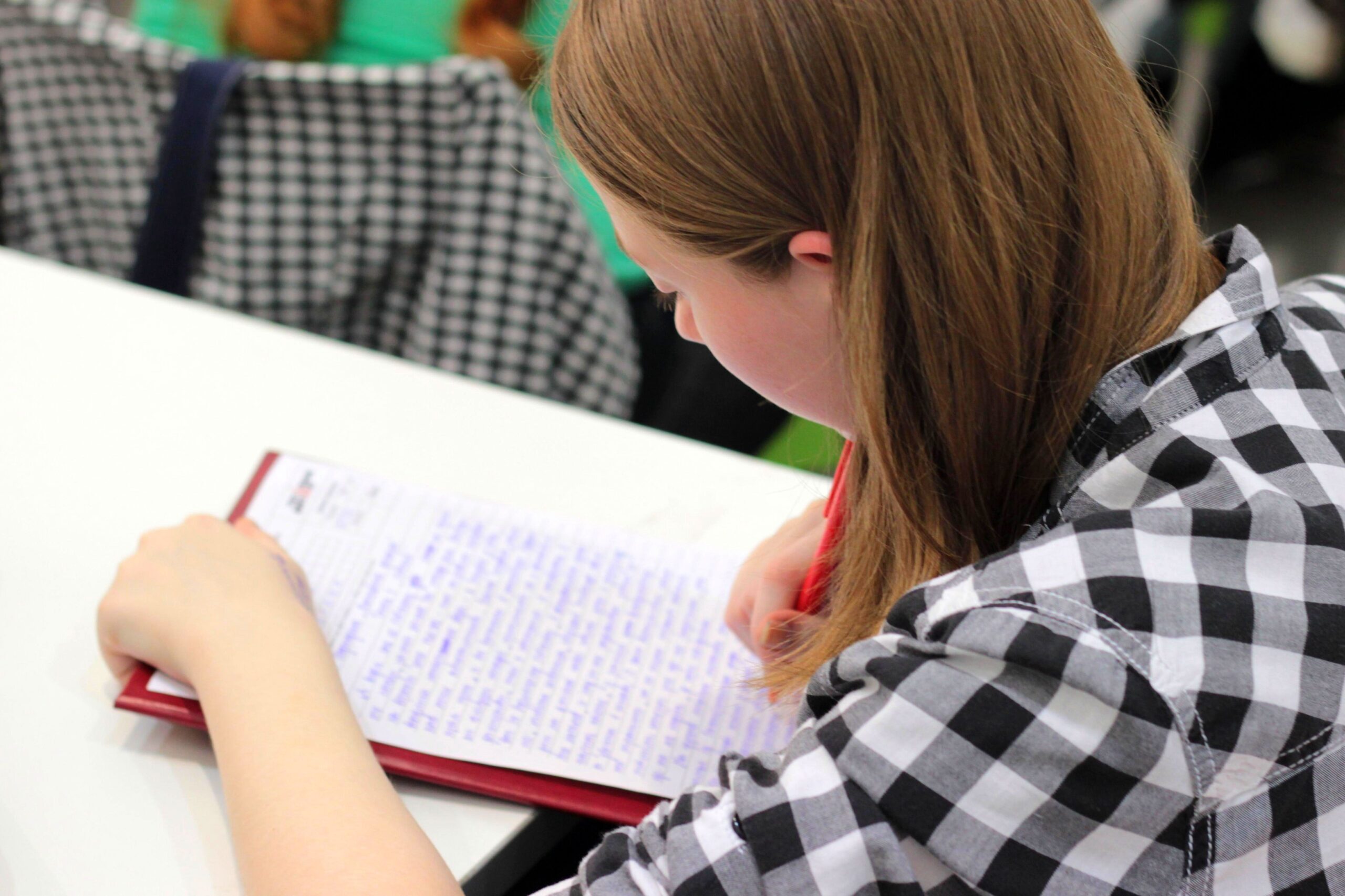
It has become increasingly necessary for students to be able to write academic essays in today’s education, particularly in schools and colleges. Educators use this practice into their courses because it allows them to assess their students’ knowledge in a variety of different ways. Furthermore, the reader is able to observe how the author’s ideas are put together in a clear and concise manner. If you’re writing an essay, you need to have a good start on it before tackling more difficult works.
This is why essays often seem to be a complicated task for students of every age. Especially if the word «academic» is added — sounds like a nightmare, right? This is why inexperienced writers frequently use the help of professional college paper writing provided by special services for a very reasonable price. However, after reading this article and spending just a little time on practice, you will bet able to easily complete the task without any side help.
WHAT IS AN ESSAY?
An essay is a form of creative assignment; it is a type of prose genre (philosophical, literary-critical, historical-biographical, journalistic) that combines the author’s distinctly individual perspective with a casual, often contradictory presentation based on common speech. An essay is a form of activity that culminates in the presenting of thoughts and ideas on one’s own. There are several steps involved in composing an essay or essay: a conceptual framework, the creation of a synopsis based on readings, the creation of a presentation of the essay’s material, and the composition itself.
MAIN CHARACTERISTICS OF THE ESSAY
Among the most important characteristics of an essay are a specific topic (problem, question) and the expression of individual impressions, the author’s thoughts on the topic (problem, issue) with an emphasis on his or her personality (his or her feelings, worldview), a casual style of storytelling (colloquial speech), and meticulous attention to detail.
An important goal of the essay is to encourage autonomous, imaginative problem-solving, as well as the capacity to communicate one’s own opinions. Each thesis should be supported by evidence that supports the author’s point of view. A high-quality essay should also include an introduction in which the problem is posed, abstracts (the author’s ideas on the topic), a conclusion in which the problem is fixed, and the essay is summarized, and an appendix with references.
THE GENERAL STRUCTURE OF THE ESSAY
As well as your own thoughts and opinions, an essay should include the information needed to support your arguments and get a thorough understanding of the topic at hand. When we think about essays, we tend to think of the three-paragraph papers we had to write in examinations with only an hour to spare. The premise is the same, but the volume of these paragraphs has to be increased. There are, for example, five sections to the essay. Let’s write them down – 1, 2, 3, 4 and 5. Also, these components must be given a name. The first part will be an introduction. Fifth – conclusion.
To demonstrate your knowledge of the subject, pay particular attention to paragraphs 2 and 3. The goal here is to prove that everything is in balance. If you’re writing an essay-proof (argumentative essay), for example, you’ll give arguments for saying that in part 4 and reasons against saying that in part 3. It’s merely a standard division. Second, you may have strong, compelling arguments for and against, and in the third section, you may have more reasons for and against.
Paragraph 4 is proof. This is what you have been waiting for. It’s like a street situation that you and your friends are in. There is no point in trying to mumble something, childish or funny. You need to listen carefully to what they are trying to tell you – yes, I understand – and then state your arguments. Convince how accurately you all understand how wise your position is. And this is paragraph 4. The first, second, third – these are the reasons that the opponent is wrong. And “bang” is your argument. He killed him, he destroyed him. You are affirming your own point of view. Very clear, very simple, recognizing that there are other points of view, but they are wrong.
Section 5 is a conclusion. This should be your most complete paragraph. The part where you briefly list the facts again, supported by good quotes, is clear (simple), logical (developing ideas) and in order (only what is relevant to the question).
HOW TO WRITE THE ESSAY
- Introduction
Inexperienced authors find this to be the most difficult part of essay writing. With this paragraph, the primary goal is to quickly communicate the most important idea and the subject matter of the next paragraphs of material. In order to hold the reader’s attention throughout the whole work, good beginnings must be memorable. Authors like to paraphrase the given topic to avoid losing the primary idea in order to generate a solid introduction. This is followed by a thesis statement, which outlines the main idea of the essay. It connects all of the arguments since it is founded on the fundamental concepts of each one of them. Depending on the type of essay, the author may also share his or her own perspective on the issue.
2. The main part
The central section requires the greatest amount of attention. Especially while putting together a strategy. It can take on a variety of forms:
- Thesis-argumentation, thesis-argumentation, thesis-argumentation, etc. In this case, we first fix the thought, then we prove it;
- Reverse structure (facts-inference). We describe the situation or give facts, we draw a conclusion. And so – several times.
- The main idea and various supporting points (facts). In this situation, we use multiple examples to support a single point of view. After these examples, the thesis might be either at the beginning or following.
Our “thesis” is a succinct statement of what the author intends to communicate in the essay. The thesis is supported by some form of evidence that is buried in the argument. An event in your life, an opinion expressed by one of the world’s leading scientists, or the findings of science can all serve as examples.
In order to have a strong argument, you need to have two supporting statements for your main point. It’s possible that a single example won’t be persuasive to the reader, but three examples would. You can, however, offer any number of justifications to your thesis based on the thinking, the narrative structure, volume, and text layout of your work. It is critical to maintain the text’s cohesion, conciseness, and figurativeness.
3. Conclusion
The essay’s conclusion, on the other hand, is a summary of the essay’s main points. The results are summarized by the author and the reader. Ensure that your findings don’t seem improbable or “appear out of nowhere.” Only what the reader should know after reading the major section of your paper should be included in the conclusion.






